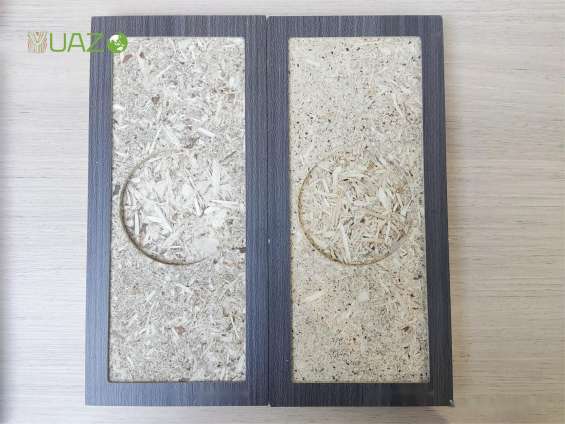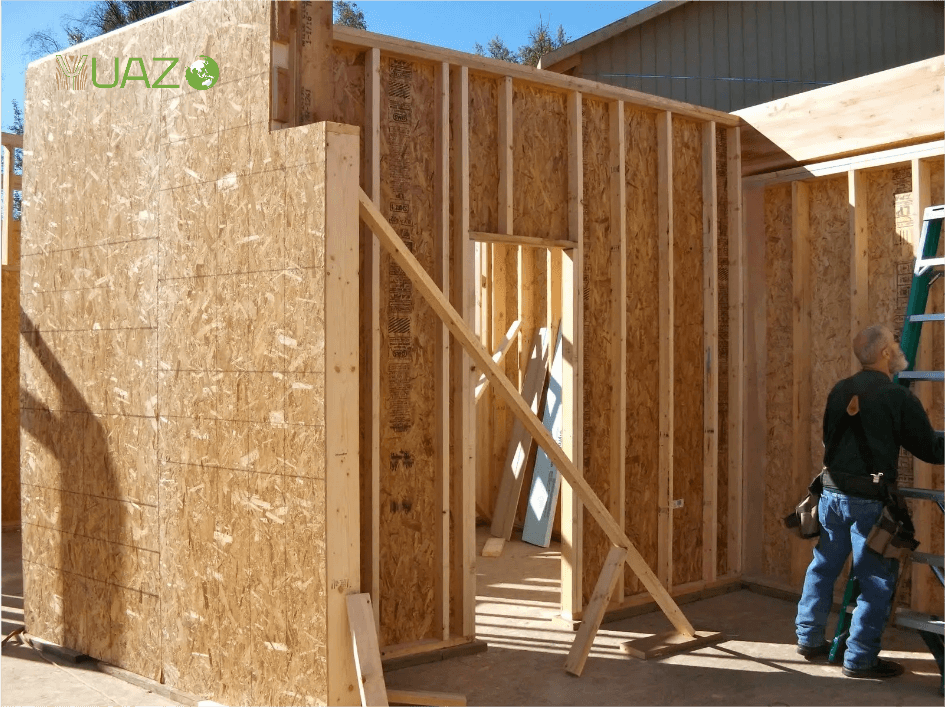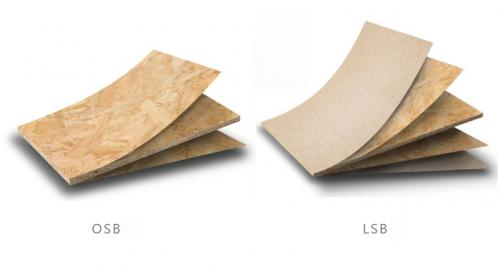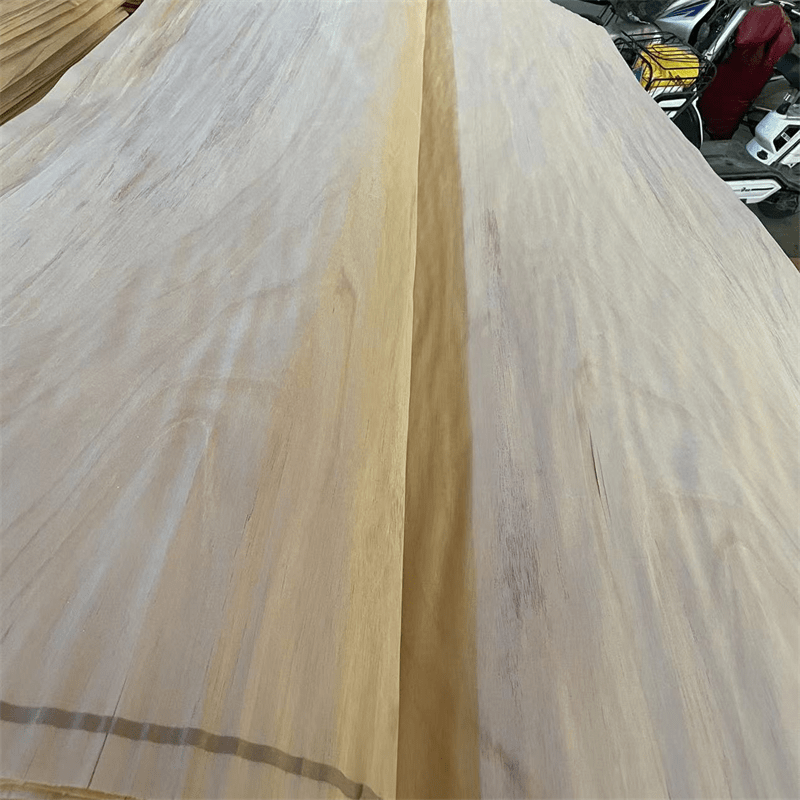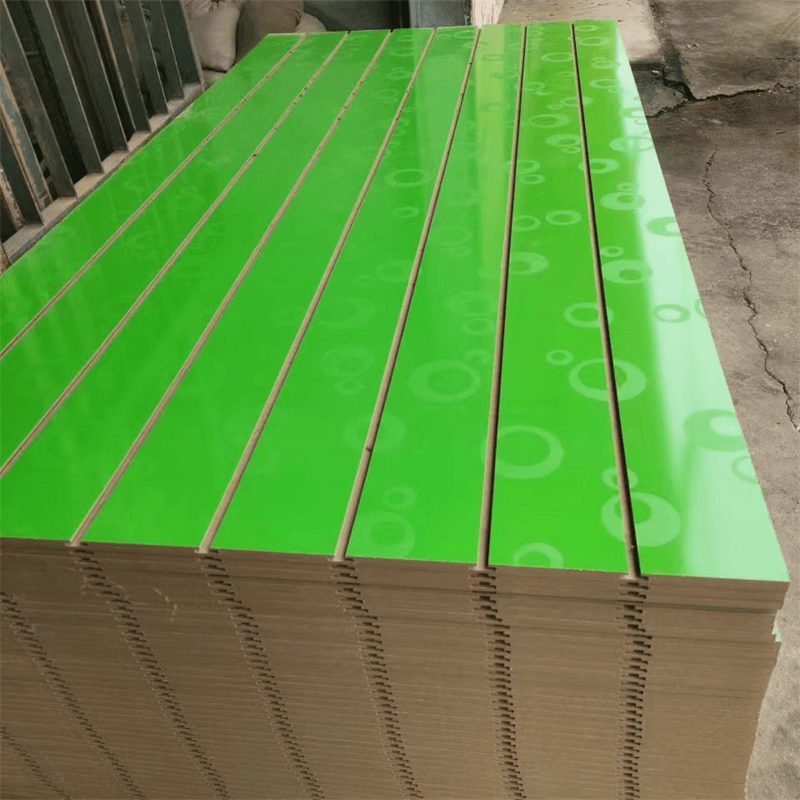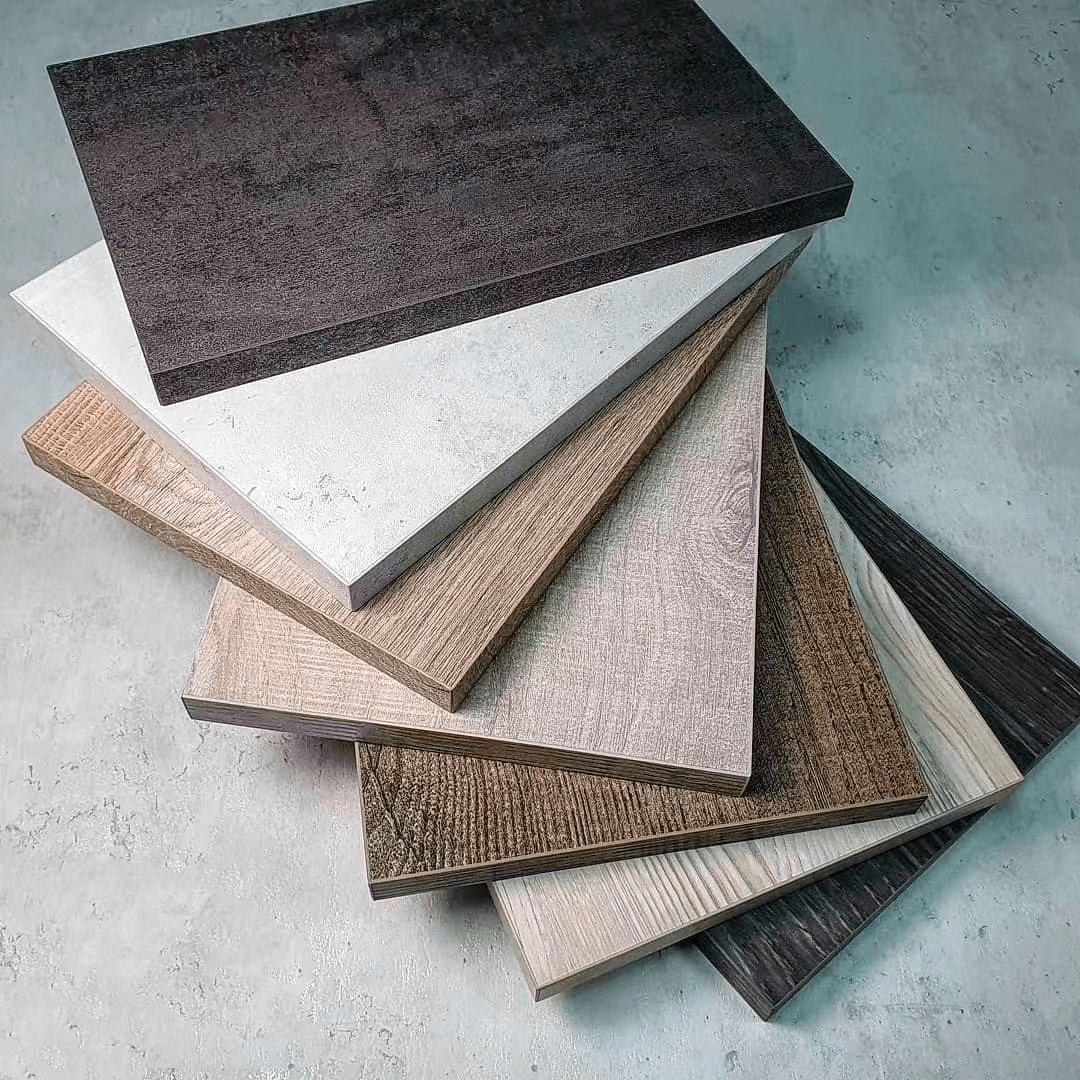Introduction to OSB
Introduction to OSB
The products of OSB manufacturers have many applications in life, and many people may not know about boards made of this material. The following manufacturers will introduce them to us:
OSB is one of the types of plywood, and OSB is one of the main ways to save wood. It is made of three layers of poplar wood segments that are rotary cut into veneers or planed into thin wood, and then glued with adhesive. Or multi-layer board material, usually using an odd number of layers of veneers, and gluing the fiber directions of adjacent layers of poplar veneers perpendicular to each other. From the perspective of saving resources, choose as much as possible.
However, from the perspective of environmental protection, we would like to remind everyone that OSB use a large amount of glue, and boards bonded with inferior glue may have formaldehyde problems. Pay attention to the environmental issues of the board, and try to ask the merchant to provide a test certificate for the board before purchasing.
Basic concepts and characteristics of OSB boards
OSB board, the full name of "Oriented Strand Board", is a structural board made of directional fine wood slices bonded with glue. It has many excellent features, such as high strength, water resistance, insect resistance and corrosion resistance. This article will introduce the basic concepts and characteristics of the OSB board in detail.
OSB boards are made of wood through processes such as stripping, drying, and trimming to specifications. During the production process, the wood is cut into thin slices composed of long thin wood slices, which are bonded together with the glue through a double-sided glue brushing process to finally form an OSB board with certain specifications and sizes. One of the main advantages of OSB board is its use of directional orientation technology, which makes the fiber direction of fine wood slices clear and the bonding strength is higher than that of traditional fiber boards.
One of the characteristics of OSB boards is their high structural strength. Because the fine wood slices are bonded together with glue, the fiber directions inside the board are consistent, effectively increasing the bending and tensile strength of the board. Under the same conditions, compared with traditional wood, OSB boards have higher flexural strength and shear strength and can withstand greater loads.
Secondly, OSB board has better water resistance. After appropriate processing, such as hot pressing, density control, etc., the OSB board has better waterproof performance. Even in a humid environment, OSB boards are not prone to swelling and deformation due to moisture, nor are they prone to mold or decay. Therefore, OSB boards are widely used in construction, furniture and other fields.
In addition, OSB board also has good insect-proof and anti-corrosion properties. Because the fine wood slices are bonded with glue, the fibers inside the board have no dead ends, effectively preventing insect damage. At the same time, after appropriate treatment, such as adding preservatives, OSB boards have better anti-corrosion properties and can be used for a long time without being easy to rot.
To sum up, OSB board has the advantages of high strength, water resistance, insect resistance and anti-corrosion properties, so it has been widely used in construction, furniture, packaging and other fields. As people pay attention to environmental protection and sustainable development, OSB boards, as a form of renewable resource utilization, will be more widely used in the future.
Oriented strand board is widely used in interior decoration
Oriented strand board, as a commonly used decorative material, is widely used in interior decoration. This article will introduce the applications of OSB in furniture making, floors, walls and ceilings, so that readers can better understand its diversity and flexibility.
The first is the application of OSB in furniture making. OSB can be cut, spliced and painted according to the requirements of furniture designers to produce various styles of furniture, such as wardrobes, beds, cabinets, etc. The strength and stability of OSB make it suitable for use in built-in cabinets and furniture.
The second is the application of oriented strand board in flooring. Oriented strand boards can be used as flooring materials, are easy to install, and have good stability and wear resistance. You can choose OSB in different colors and textures to create different interior design effects, making the interior space more warm and personal.
OSB is also commonly used for wall and ceiling decoration. Its flat surface and texture make walls and ceilings more three-dimensional and beautiful. At the same time, OSB also has sound insulation and thermal insulation functions, which can improve the comfort of indoor space.
To sum up, OSB has a wide range of applications in interior decoration, including furniture making, floors, walls and ceilings. The versatility and flexibility of OSB make it a popular decorative material.
